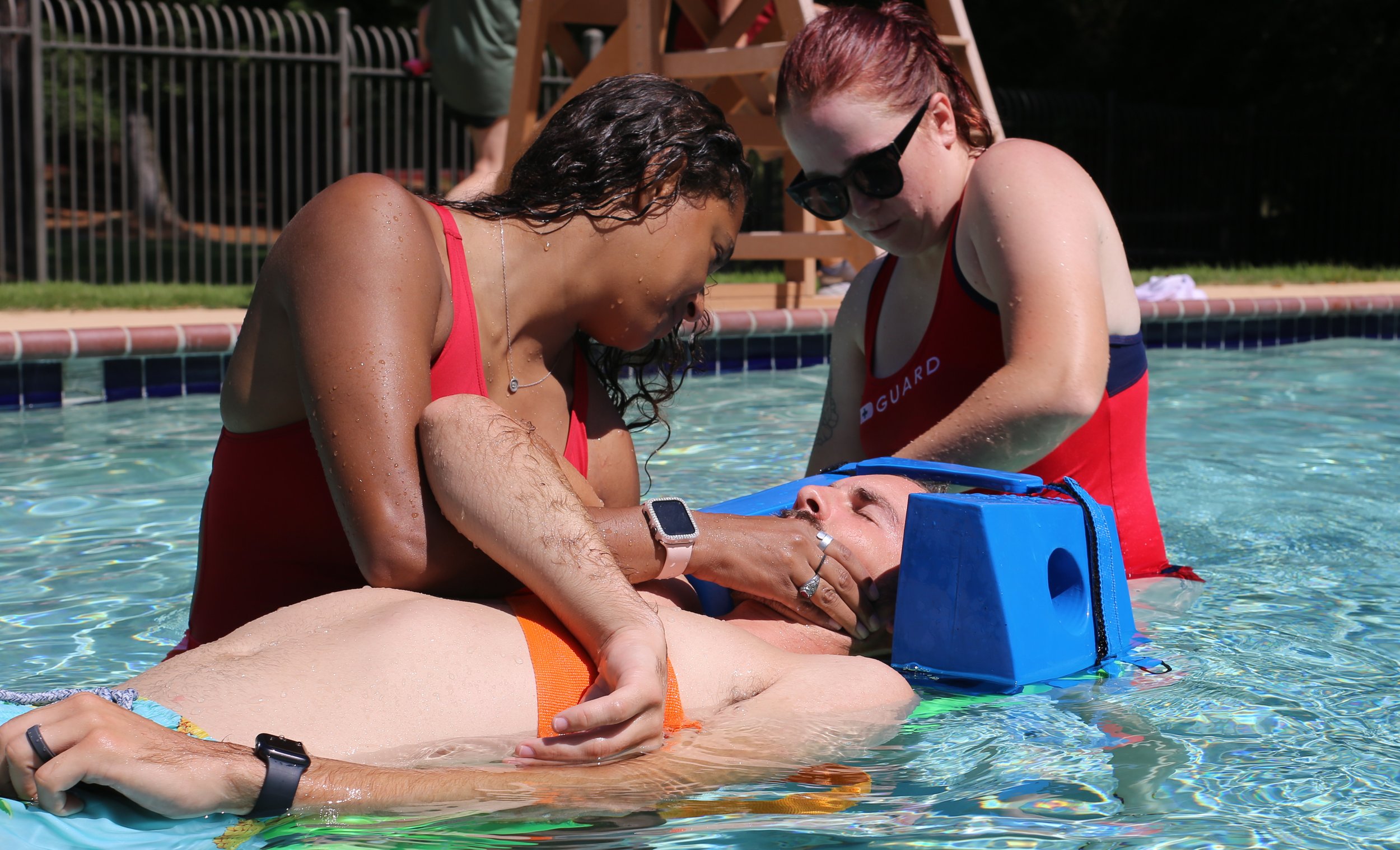When it comes to life guarding, the duties of a lifeguard go way beyond just watching swimmers; it calls for a full skill set, a lot of training and commitment. The American Lifeguard Association (ALA) stresses that well-rounded training programs are essential in enabling lifeguards to handle any kind of situation. This article examines the main skills and techniques that every lifeguard must know.
Understanding the Role of a Lifeguard Training
The primary role of a lifeguard training is ensuring the safety of persons in and around water bodies. This encompasses accident prevention, emergency response, first aid administration, and maintenance of safe conditions. In order to execute these tasks efficiently, lifeguards require an array of skills and techniques.
Essential Skills for Lifeguards
Swimming Proficiency
Exceptional swimming ability lies at the heart of being a good lifeguard. Thus, they should be strong swimmers who are confident enough to perform rescue operations anywhere under different weather conditions ranging from serenity swimming pools up to raging oceans.Teaching sessions stress on ameliorating swimming speed as well as endurance and effectiveness.
Rescue Techniques
Lifeguards need to learn various rescue techniques for different emergencies such as:
Reaching Assist: Reaching distressed swimmer using a long object like fishing rod or rescue tube without getting into water.
Throwing Assist: Throwing buoyant object towards drowning victim allowing them hold onto it until help arrives.
Wading Assist: Entering shallow water area to help out a drowning person.
Swimming Rescue: Swim out physically toward distressed swimmer, secure him/her and bring back safely.
Specialized Training for Different Environments
Pool Lifeguarding
Pool lifeguards must concentrate on techniques particular to a monitored atmosphere with controlled conditions. Education tackles pool-related disasters, which could be chemical leaks or failures of apparatus and handling crowded places effectively.
Beach Lifeguarding
Beach lifeguards encounter exceptional difficulties because they are in the open water among waves, currents and marine life. During training, lifeguards learn about rip current retrievals, long distance swimming and managing large crowds. They also have to know about the local dangers such as jellyfishes or strong tides.
Water Park Lifeguarding
Water parks entail different dynamics since there are multiple attractions with a high visitor turnover rate. They are taught how to put up with situations relating to water slides; lazy rivers and wave pools. These personnel should be good at running such a dynamic environment characterized by various risk factors.
The Importance of Ongoing Training and Recertification
Lifeguarding is an industry of continuous learning. The American Lifeguard Association stresses that there is need for ongoing training and recertification so as to keep skills sharp and updated continuously. Lifeguards must take part in regular drills, attend refresher courses, as well as stay up-to-date on the latest safety regulations.
Conclusion
Being a lifeguard requires dedication, expertise and taking proactive safety measures when needed. The comprehensive training programs provided by.The American Lifeguard Association ensures that lifesavers have necessary skills and techniques required for protecting lives.










